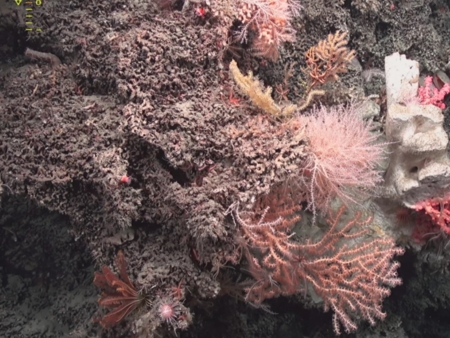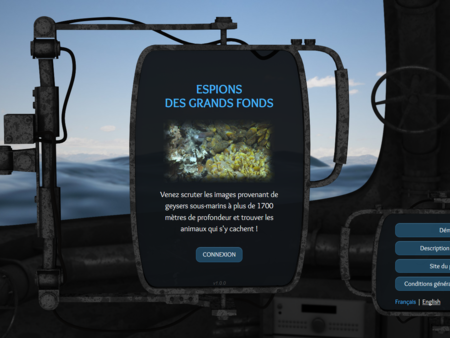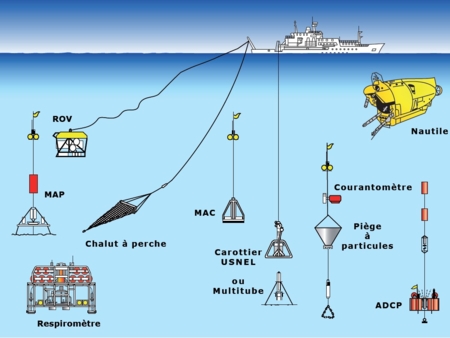Distinct development trajectories and symbiosis modes in vent shrimps
Paru dans Evolution
Methou, P., Guéganton, M., Copley, J., Watanabe, H. K., Pradillon, F., Cambon, M-A., Chen, C.
Most animal species have a singular developmental pathway and adult ecology, but developmental plasticity is well-known in some such as honeybees where castes display profoundly different morphology and ecology. An intriguing case is the Atlantic deep-sea hydrothermal vent shrimp pair Rimicaris hybisae and R. chacei that share dominant COI haplotypes and could represent very recently diverging lineages or even morphs of the same species. Rimicaris hybisae is symbiont-reliant with a hypertrophied head chamber (in the Mid-Cayman Spreading Centre), while R. chacei is mixotrophic with a narrow head chamber (on the Mid-Atlantic Ridge). Here, we use X-ray micro-computed tomography and fluorescence in situ hybridization to show that key anatomical shifts in both occur during the juvenile-subadult transition, when R. hybisae has fully established symbiosis but not R. chacei. On the Mid-Atlantic Ridge, the diet of R. chacei has been hypothetically linked to competition with the obligatorily symbiotic congener R. exoculata, and we find anatomical evidence that R. exoculata is indeed better adapted for symbiosis. We speculate the possibility that the distinct development trajectories in R. hybisae and R. chacei may be determined by symbiont colonisation at a ‘critical period’ before subadulthood, though further genetic studies are warranted to test this hypothesis along with the true relationship between R. hybisae and R. chacei.










